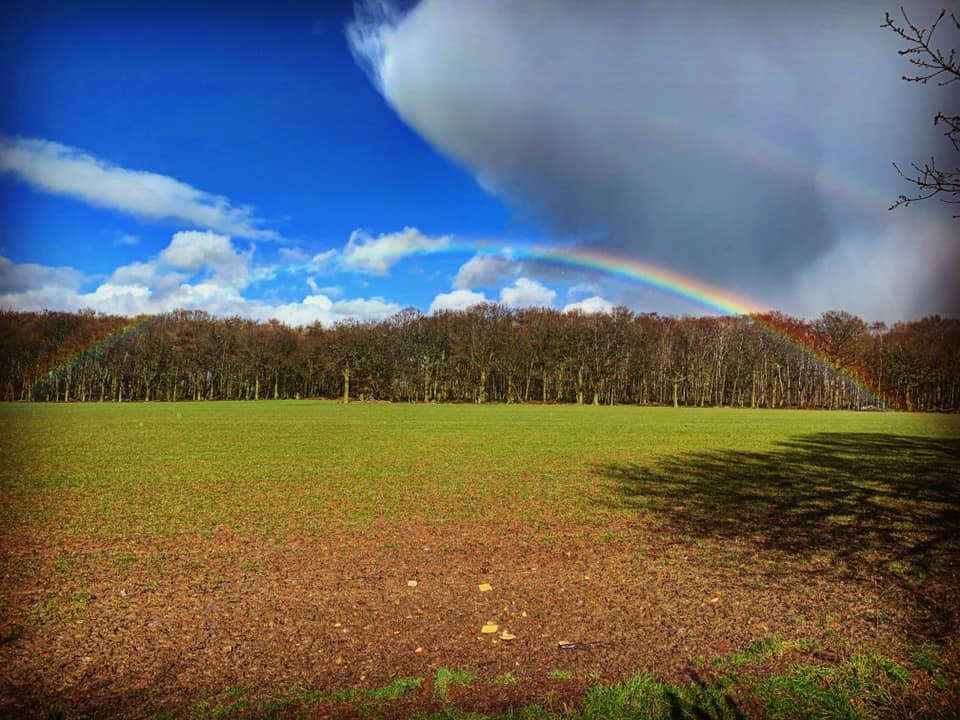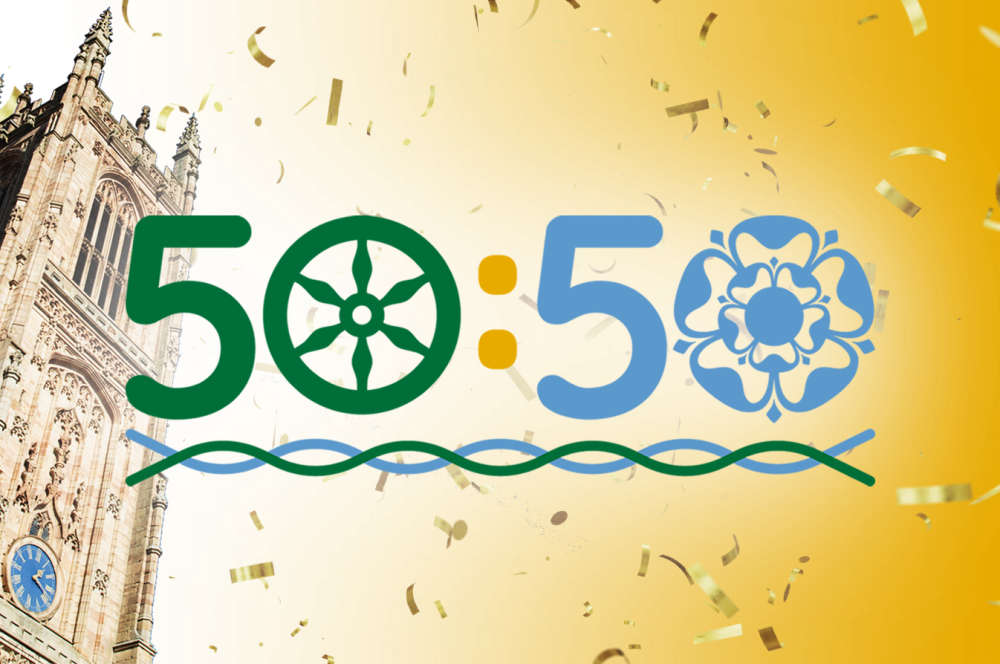
A proposal to reduce the number of councils in Derbyshire from 10 to one will be submitted to government by Derbyshire County Council as its preferred option for local government reorganisation.
The ‘Uniting Derbyshire’ proposal will be submitted following a decision by Cabinet Members at a meeting held on Thursday 27th November.
Government asked the council to look at ways to simplify local government.
Derbyshire currently has 2 tiers of council – the county council is the upper tier and eight district and borough councils are the lower tier. Both are responsible for different services. Derby has a single tier – one council providing all services in the city.
The government wants to combine these councils into a smaller number of unitary councils which look after all services for their area, from social care, education, roads and children’s services to bin collections, housing, parks and leisure.
All of the evidence gathered by the county council and the analysis it carried out suggests that reducing 10 councils in Derby and Derbyshire into a single unitary council covering the whole area is in the best interests of all residents and businesses as:
- it unites Derbyshire and retains the area's strong spirit and identity. Feedback on options the council looked at for having two councils in Derby and Derbyshire showed significant concern among residents, businesses and partners about splitting the county into more than one authority.
- it saves the most money compared to options the council assessed for splitting Derby and Derbyshire into 2 unitary councils and has less set-up costs. Compared to the current local government system in Derby and Derbyshire, one council would save at least £144 million after six years and £45.1m per year from year six onwards.
- it would be less disruptive as the largest proportion of council services in Derby and Derbyshire are already run on a countywide basis including essential services with high demand and costs such as adult social care, children's social care, highways and transport, public health, and waste disposal.
The proposal includes introducing area committees and local teams based in towns and neighbourhoods to reflect the individual needs of communities and deliver services in the most efficient and effective way while keeping the county whole.
Local town and parish councils are not included in the reorganisation and will remain.
The recent Cabinet decision follows a meeting of Full Council on Thursday 13th November when councillors voted in favour of Cabinet proposing one single council as the council’s preferred option for local government reorganisation.
Leader of Derbyshire County Council, Councillor Alan Graves said: “From the analysis we’ve carried out and the feedback we’ve received, we believe that creating a single unitary council covering the whole of Derby and Derbyshire is in the best interests of all residents and businesses in the area.
“Creating one new council would save millions of pounds every year compared to creating two unitary councils and would cost less to set-up. It would also be less disruptive as major county council services such as adult care and highways would not need to be separated out over two areas – which would be more costly as our financial analysis shows.
“Derbyshire and Derby City share a proud identity, strong communities, and a forward-looking spirit. Our rich history is part of what makes this area the place we all know and love and one council would unite Derbyshire and retain our proud and deep-rooted identity instead of splitting the county in two.”
Benefits of reducing 10 councils to one single unitary council for Derby and Derbyshire include:
- Substantially larger savings than the council’s options for two new unitary councils – estimated savings of at least £144 million over six years and £45.1 million annually thereafter.&
- Savings would support long-term running of essential services able to meet future demands.
- One budget, one point of responsibility, and clearer accountability.
- Simpler, fairer, and more responsive services across city and county.
- Lower upfront costs to set-up.
- Continuation of major essential services without the challenge, cost and risk of splitting them in in two – particularly those with high demand and costs such as adult social care, children’s social care, highways and transport, public health, and waste disposal
- Provides a good mix of urban and rural areas which helps make services more reliable and better able to cope with challenges.
- Local teams based in towns and neighbourhoods to ensure services remain visible and accessible.
- Able to focus on what matters most: better roads, safer streets, affordable homes, and support for families and older people.
- Fits with operating areas for all public sector key partners including the NHS, Police and EMCCA, which makes it easier to work with them
- Greater efficiency, strengthening partnerships with health, the regional mayor, police, and voluntary organisations.
- Speaking with one voice for the county, providing a stronger voice regionally and nationally – including within the East Midlands Combined County Authority.
- Supports economic growth by linking housing, transport, skills, and business needs.
- Greater ability to attract investment, jobs, and regeneration across all areas, building on the area’s strengths in innovation, engineering, and advanced manufacturing.
- Reflects that residents generally did not favour a North/South two-council split
- Protecting the historic county boundary and local identity.
Disadvantages of creating two new unitary councils for Derby and Derbyshire include:
- Introducing a new geographical split that lacks public support or recognition.
- Would be complex to set up and cause disruption for residents with major essential services needing to be split in two – particularly those with high demand and costs such as adult social care, children’s social care, highways and transport, public health, and waste disposal
- Does not meet Government criteria for minimum population size in most scenarios.
- Savings are minimal and the financial benefits are limited compared to the cost of putting it in place.
- Creates difficult boundaries for Derbyshire Dales and Amber Valley, which do not divide cleanly north–south.
- Risks diluting Derby City’s identity and undermining its delivery expertise.
- Smaller areas of local government have less flexibility to meet housing demands than larger ones.
Government is expected to carry out a statutory consultation early in 2026 on all submitted proposals which meet the conditions set for local government reform.
Local district and borough councils have been working with Derby City Council on a separate proposal to submit to Government.
For more information about local government reorganisation including the timeline for next steps, visit www.derbyshire.gov.uk/lgr

 PCC urges residents to leave e-scooters off the shopping list
PCC urges residents to leave e-scooters off the shopping list
 Urgent call for Government to review new homes
Urgent call for Government to review new homes
 CrossCountry customers advised of significant disruption due to planned industrial action (6th December)
CrossCountry customers advised of significant disruption due to planned industrial action (6th December)
 Year of celebrations planned to mark two key Derby milestones
Year of celebrations planned to mark two key Derby milestones
 ‘Missed opportunity for growth’ in Budget
‘Missed opportunity for growth’ in Budget




